How Old Your Dog Really Is Might Shock You
Many pet owners assume they know their animal’s age, especially if they adopted it young. But aging isn’t always obvious or linear. Small clues—behavioral, physical, dental—can reveal more than a calendar ever could. Learning how to recognize them helps you support their changing needs with more accuracy and care. That matters as pets enter stages where nutrition, mobility, and medical screenings shift quickly.
Here’s how you can read the signs, understand what they mean, and make better choices for your aging companion.
Teeth Develop in Predictable Stages

Credit: Getty Images
A dog’s age in its first year is easiest to estimate through tooth development. Baby teeth usually erupt by 6 to 8 weeks, and adult teeth follow by about 6 to 7 months. Vets often rely on this dental timeline, especially when the birthdate is unknown. It’s especially useful for newly adopted rescues or strays still under a year old.
Dental Decay Maps Out Age
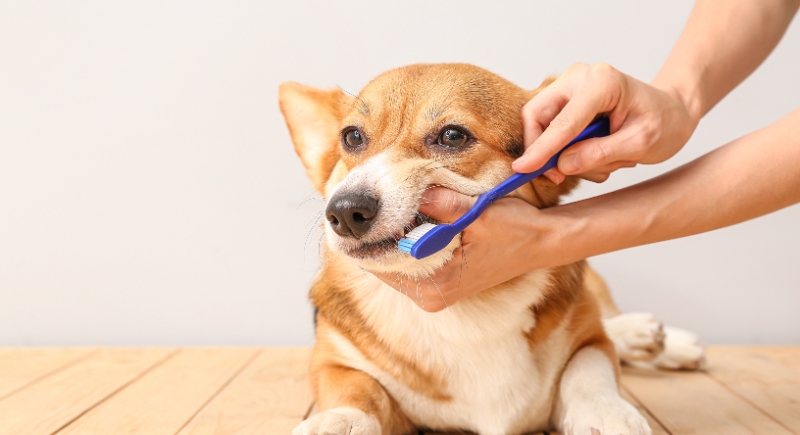
Credit: pixelshot
Once a dog passes the puppy stage, it’s no longer about which teeth are present, but what shape they’re in. Between the ages of three and five, tartar buildup, gum recession, or even tooth loss may emerge, particularly in small breeds or dogs with poor dental care. A dog with heavy discoloration at age four might have had no dental maintenance, while a 10-year-old with clean teeth may have benefited from regular brushing or good genetics.
Graying Isn’t Always a Sign
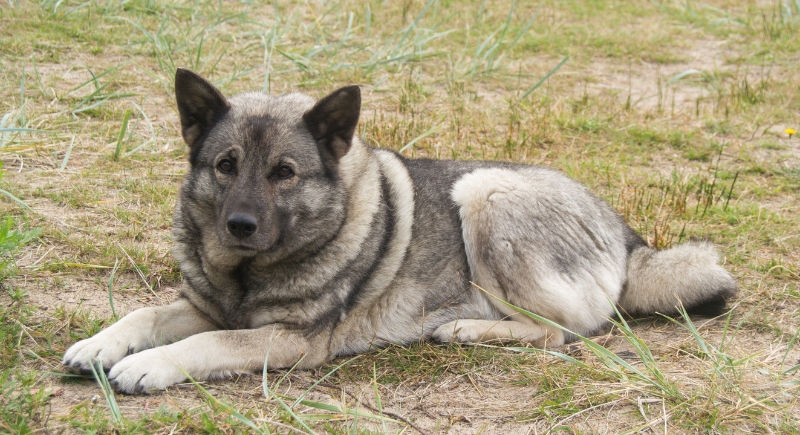
Credit: Getty Images
Some animals develop gray hair early due to injury, stress, or genetics. Most, though, begin to show it around the muzzle or eyes after age seven. Vets look for gradual color blending, not single gray patches. If you’ve noticed new silver streaks, it’s likely your pet is well into middle age, though not always close to senior years yet.
Eyes Can Reveal Inner Aging

Credit: pixabay
A cloudy, bluish lens–called nuclear sclerosis–appears in older pups but rarely impairs vision. Cataracts, which look whiter and more opaque, tend to suggest underlying health conditions or more advanced aging. This is where an ophthalmoscope is used to determine whether eye changes are age-related or disease-driven.
Paw Pads Thicken with Time
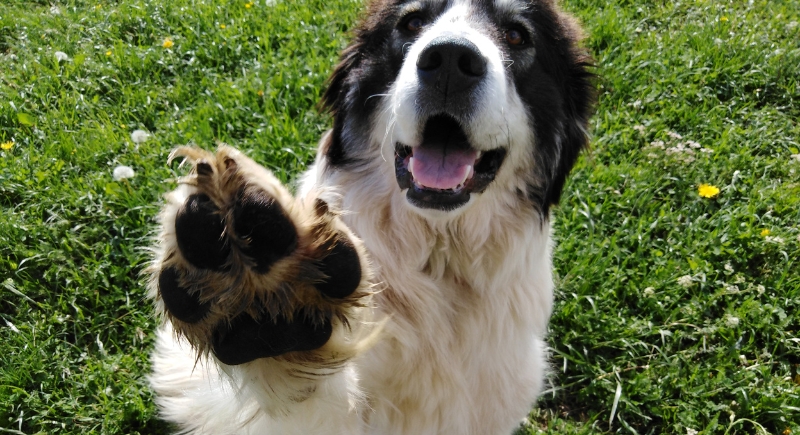
Credit: Getty Images
Younger paws feel soft and smooth, but as the years pass, they roughen and sometimes form hairline cracks. Uneven pads alone don’t pinpoint an exact number, but when paired with things like slowed movement or dental wear, they add another useful piece to the age puzzle.
Muscle Loss Signals Reduced Activity

Credit: Getty Images
As your companion slows down with age, they will also start to lose muscle, usually along the spine and upper legs. This is mainly noticeable in lean breeds or those with previous joint issues. Try to feel the prominent bones, and you will be able to identify these age-related transformations in your pet’s body.
Hearing Loss Alters Daily Reactions

Credit: Canva
Lack of response to sounds is often a result of aging. If your companion stops reacting to their name or seems startled when approached, hearing loss could be the reason. The American Kennel Club notes that reduced hearing appears gradually and is one of the most overlooked behavioral signs of aging in household pets.
Joint Stiffness Slows Movement

Credit: pexels
When stairs become a challenge or your pet avoids jumping onto furniture altogether, joint pain is mostly to blame. Early arthritis tends to cause hesitation, not limping. You might notice your pet circling more before lying down or choosing flatter paths. Paying attention to these subtle changes allows vets to determine age-related mobility decline before it becomes visibly dramatic.
Vision Fades with Time

Credit: pixabay
You might not notice vision loss right away. Many dogs adjust slowly by learning to navigate familiar spaces as their eyesight declines. Hesitation around stairs or confusion in dim rooms can be early hints. Cataracts may respond to treatment, but age-related lens hardening usually won’t. Adding light or clearing clutter at home aids them in staying steady and avoiding accidents.
That Seven-Year Myth Is Outdated
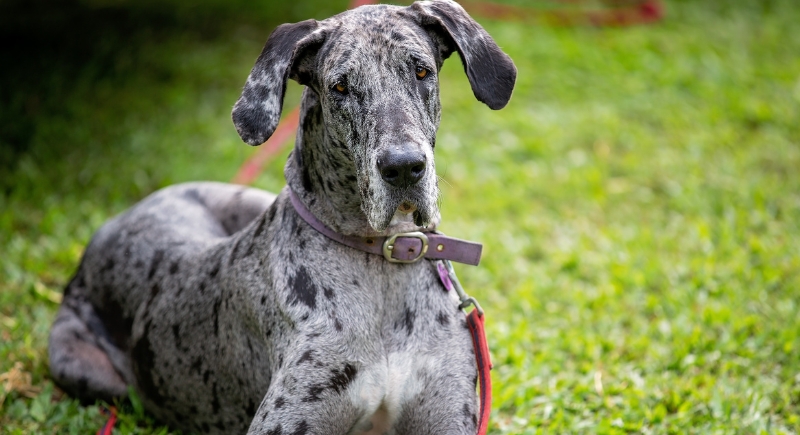
Credit: Canva
People still quote the old “one year equals seven” rule when determining the age of their dogs, but it’s inaccurate. Experts say large breeds reach senior status by age five, while toy breeds take closer to ten years. A five-year-old Great Dane might already show signs of aging that a small terrier won’t display until nearly double that age.
Breed Size Alters the Clock
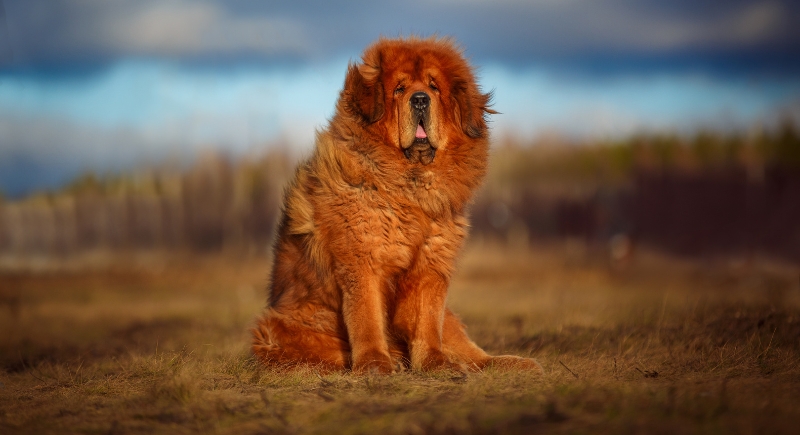
Credit: Getty Images
The UK Kennel Club estimates that small breeds age more slowly—12.5 human years for their first two. Medium breeds match around 10.5, and large ones, just nine. After that, the pace slows, but size still defines longevity. A Chihuahua at age 10 may act youthful, while a 10-year-old mastiff might already need significant lifestyle adjustments.
Checkups Catch Probable Health Issues

Credit: Canva
Yearly exams can catch things like kidney disease, dental decay, and vision loss before symptoms show up. As pets age, those checkups become more important. Professionals can track minor shifts in weight, energy, or lab results and adjust care plans accordingly.
Age-Appropriate Diet Helps
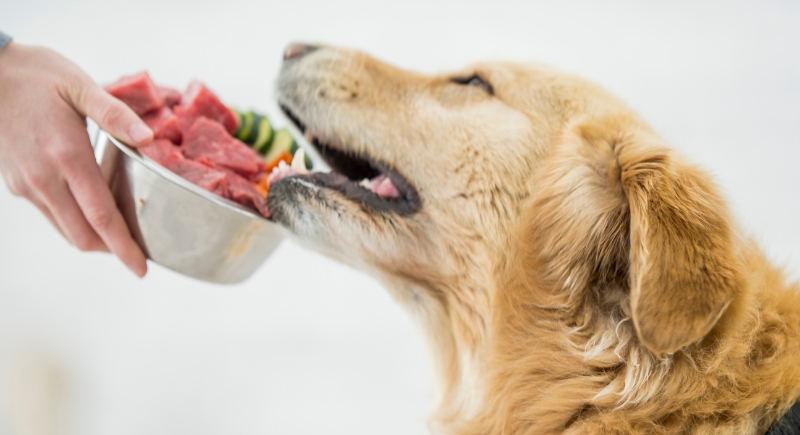
Credit: Getty Images
Older animals don’t burn calories the same way. A large number of them benefit from food with fewer carbs, moderate protein, and added joint or heart support. Some owners explore fresh or minimally processed diets, but any change should match their energy needs and medical history.
Exercise Still Matters Later On

Credit: pexels
Moderate exercise and activity maintain joint function, heart health, and mental sharpness, even in older pets. While long hikes may be too much, shorter walks, gentle games, or puzzle toys keep them engaged. Daily movement also prevents weight gain and stiffness. Adjust the routine based on what your animal enjoys and tolerates, not what they used to do years ago.
Mental Stimulation Supports Healthy Aging

Credit: Getty Images
Cognitive health may decline with age, but regular mental stimulation can help slow that process. Simple activities—like scent games, puzzle feeders, or learning new tricks—keep the brain engaged and responsive. Boredom and inactivity can actually accelerate memory issues or confusion, especially in senior dogs.